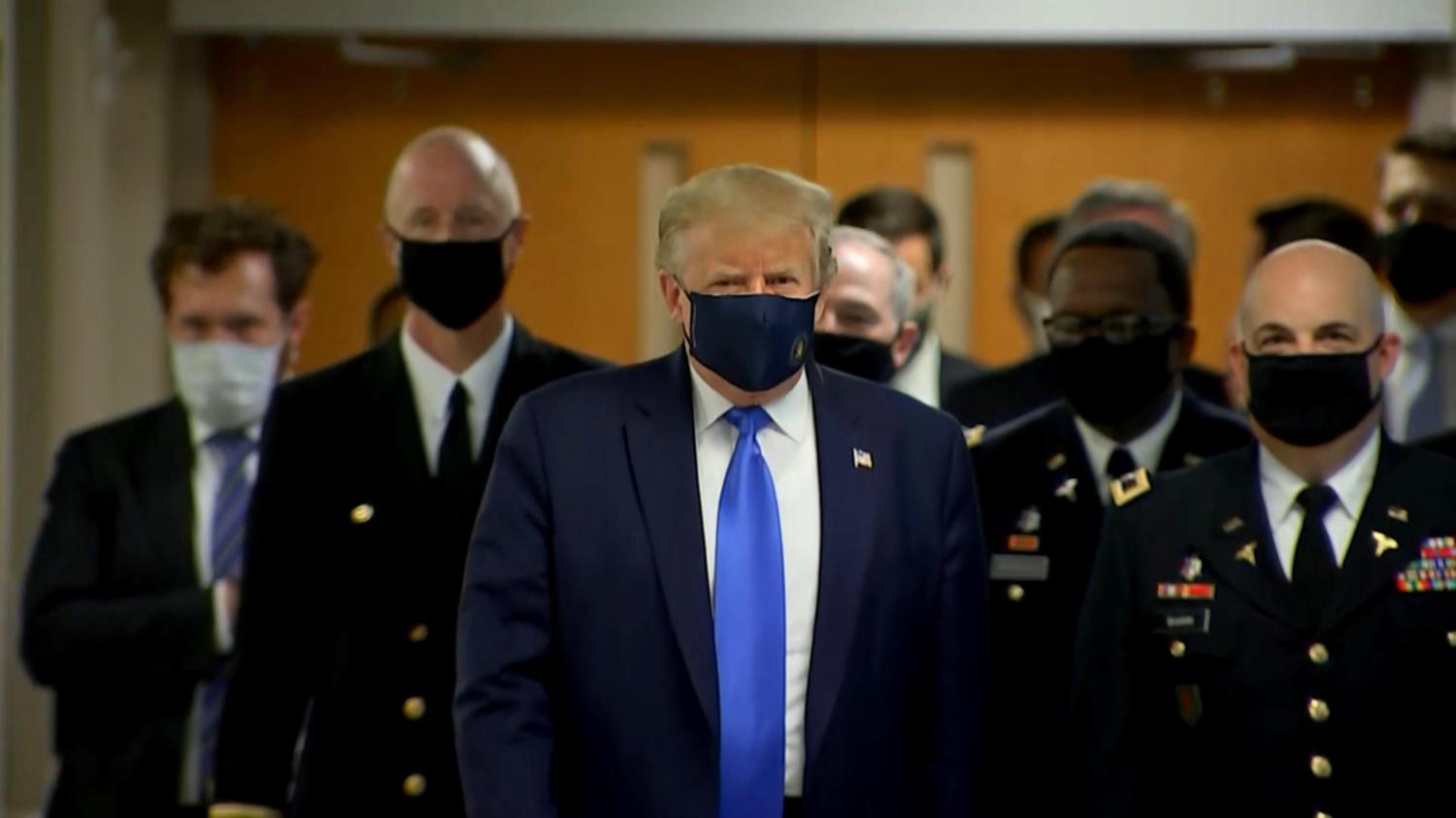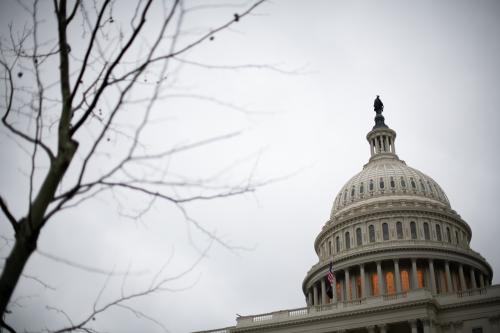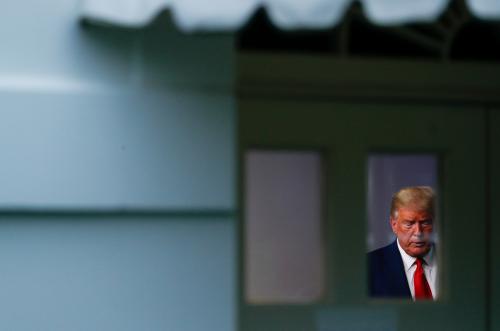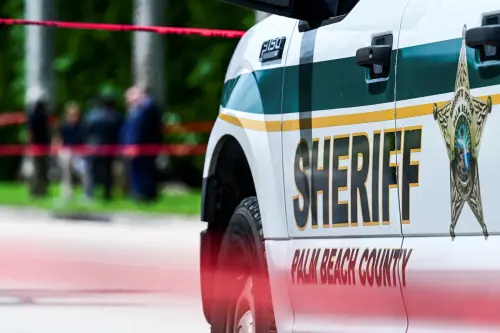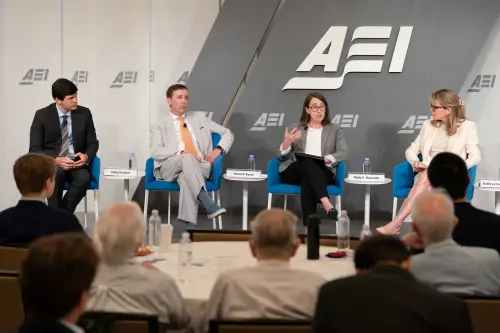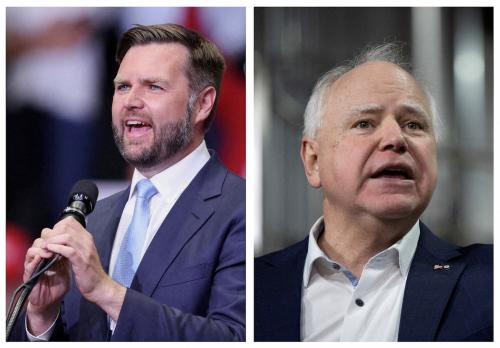The Trump administration has argued that deregulation is an important part of its effort to revive the U.S. economy from the COVID-19 crisis. To that end, in May 2020 the President signed an Executive Order directing agencies to rescind, modify, and waive regulations that may inhibit economic recovery. Implementing such changes generally requires administrative agencies to go through a lengthy and resource-intensive process of drafting and publishing a proposed regulation (or “rule”), allowing the public time to comment on that rule, reading and responding to these public comments, and then producing a final rule. While cumbersome, this process is a critical mechanism by which unelected agency officials are made more accountable to the public. It is also an important way for agencies to obtain feedback and relevant data on their rules before they become binding law.
One way that agencies can avoid this lengthy process is by declaring that a rule addresses an emergency that makes public notice-and-comment “impracticable.” Using newly collected data, this paper examines how the Trump administration has issued rules under this emergency exception in the wake of the COVID-19 outbreak. It asks: have the emergency rules issued by the Trump administration citing the COVID-19 crisis truly addressed exigencies raised by the crisis, or have they instead been used to further unrelated policy goals?
It is important to note that emergency rulemaking (the focus of this piece) is one of several possible mechanisms for agencies to shift policy opportunistically during the COVID-19 crisis. Contracts, emergency orders, and enforcement policy changes are also all potentially important methods of responding to the COVID crisis, but they are not captured by the data used in this piece. The administration has also advanced its policy goals through other channels, such as issuing presidential proclamations directing agencies to change their policy decisions. And other high-profile policy decisions have been made through the more cumbersome notice-and-comment rulemaking process. These types of policymaking tools surely comprise a large portion of the approximately 600 “temporary deregulatory or administrative actions” that OMB counted during the pandemic.
Have the emergency rules… truly addressed exigencies raised by the crisis, or have they instead been used to further unrelated policy goals?
Emergency rulemaking is nonetheless an important and highly publicized part of the administration’s response to COVID-19 and therefore worthy of study in its own right. Some emergency rules have attracted significant public attention. For example, the Trump administration announced a plan to issue a “temporary final rule” restricting visas for foreign students enrolled in online-only education programs, but they changed course after a widespread public outcry.
This piece concludes that emergency rules citing the COVID-19 crisis issued from March through July 2020 were generally time-limited and linked to the COVID-19 crisis. Most appear to meet the legal standard for being issued on an emergency basis without the opportunity for prior public comment. As noted, this piece does not speak to other elements of the administration’s regulatory response to COVID-19, some of which were quite controversial. But it does suggest that at least in the early months of the pandemic, the administration largely used emergency rulemaking appropriately.
What has the administration actually done on emergency COVID-19 rules?
During the first four months of the pandemic, agencies issued 85 final rules citing both the COVID-19 crisis and the legal exception for finalizing a rule without considering public comments[1] (the full list of such rules is included in the Appendix below). Of these rules, 61 were termed “interim-final” (indicating that the agency is seeking comment on the rule with the possibility of revisiting it in response to comments), 14 were termed “temporary-final” (indicating the rule would expire after a specified time period),[2] and 9 were termed a “final rule.”[3]
Should 85 rules be considered a significant output? As one measure, consider total agency rulemaking during the same time period. Agencies published 759 rules in the Federal Register during this time period.[4] Emergency rules citing COVID-19 therefore comprised roughly 10 percent of rulemaking output during this period, a notable but relatively small fraction.
As another measure, consider the amount of deregulation completed during FY 2019, when the administration counted 150 deregulatory actions. This figure is not directly comparable to the 85 emergency COVID-19 rules as the methodology for selecting the rules is different; only later will the administration classify these FY 2020 rules, allowing a more direct comparison. As will be detailed below, not all of the emergency rules citing COVID-19 rules are deregulatory. Nonetheless, as an initial impression, a total of 85 rules is meaningful compared to prior administration efforts.
Another important question about emergency rules is their duration. Rules responding to an emergency are generally limited to the time period of the emergency. Indeed, approximately 79 percent of the rules examined in this study are time-limited by their own terms. Of the 85 total rules, 62 expire on specified date or event and five expire with the termination of the COVID-19 National Emergency Proclamation. This seems appropriate on both legal and good governance grounds given that the rules were issued without public feedback. While the White House has urged agencies to consider making some temporary rules permanent, this would require an additional rulemaking process that presumably would be required to undergo public notice-and-comment.
This piece now presents a typology (building on prior work by Brookings) of the types of 85 emergency rules along with a number of examples.
Category 1: CARES Act implementation
Agencies issued at least 31 emergency rules to implement the CARES Act, a major legislative response to COVID-19 crisis. The Small Business Administration issued 22 rules as part of its response to COVID-19 and the Treasury Department and the financial regulators also issued a handful of related rules. Many of these rules establish application procedures, lending standards, and loan forgiveness requirements under the Paycheck Protection Program, which was designed to provide small businesses with relief during the crisis. Notably, the CARES Act specifically waived the requirement for the SBA to seek public comment before issuing these rules, removing any doubt about the legality of emergency rulemaking. This was understandable in light of the time pressure to make loans available given the rapid economic challenges to small businesses created by the COVID-19 crisis.
Other agencies also issued rules implementing the CARES Act. For example, the Department of Agriculture issued a rule for administering loan guarantees pursuant to the CARES Act. Not all of the rules implementing the CARES Act were free from controversy. One important battle was over eligibility of private schools for federal COVID-19 aid. The Department of Education issued an interim final rule setting forth eligibility standards that has prompted litigation.
Category 2: Discretionary responses to policy issues raised by COVID-19
Agencies used their discretion to issue rules responding to the crisis. These rules were closely linked to the COVID-19 crisis, and the need for swift implementation was generally apparent. Many of these rules were also relatively non-controversial. For instance, FEMA issued a rule barring the export of certain personal protective equipment absent special approval, in order to preserve supplies for domestic usage. Another example is the Department of Homeland Security’s emergency rule increasing visa limits on certain workers essential to the food supply. The Department of Defense issued an emergency rule to allow payment for telehealth services. The Center for Medicare and Medicaid Services published a rule to allow for additional insurance payments for COVID-19 testing and other expenses related to the pandemic. The Railroad Retirement Board issued an emergency rule amending the definition of “available for work” to allow railroad employees to receive unemployment benefits if they were out of work due to the COVID-19 crisis.
Other emergency rules linked to the COVID-19 crisis were more controversial. Many of the more controversial rules eased regulatory requirements on financial institutions, some of which experienced distress due to COVID-19. Several such rules eased capital requirements, leverage ratios, earnings retention mandates, and liquidity rules during the crisis. Other rules allowed financial institutions to access a central lending facility (a source of government-backed loans) to maintain their liquidity during the crisis. Some of these rules have prompted debate about whether the regulators have been too lenient with the financial institutions or whether the rules are necessary to prevent financial institutions from developing liquidity problems that could spread to other financial institutions (undermining the broader financial system). In any case, these rules are broadly consistent with the administration’s broader program to reduce regulation on financial institutions.
Category 3: Process changes responding to the crisis
The COVID-19 crisis prompted agencies to modify many required processes. These changes made in the early phases of the COVID-19 crisis were generally closely related to the public health crisis. Most of these changes are limited to a specific time period. Examples of rules along these lines include:
- Extending deadlines due to COVID or changing rules linked to public health challenges posed by COVID-19. For instance, the Department of Homeland Security extended the deadline by which the pubic must provide a REAL-ID to federal agencies.
- Eliminating the requirement to physically serve documents.
- Providing relief from requirements to notarize documents.
- Eliminating the requirement of an in-person home appraisal.
- Allowing banks to hold virtual meetings of directors and shareholders.
- Allowing remote applications for copyrights.
Some emergency rules in this category touch on more controversial policy issues. For instance, the EPA issued a rule suspending the requirement for power plants to verify certain air emissions data. The EPA justified this rule largely on the grounds that it would reduce the risk of COVID-19 transmission amongst power plant employees. Because the rule did not suspend the underlying requirement to collect air emissions data, it has been relatively uncontroversial (while a different program issued outside the rulemaking process has prompted greater controversy).
Conclusions
At least during the first three months of the COVID-19 crisis, the Trump administration largely used emergency rules consistent the with the law governing that process. Most of the rules respond to the emergency and are time limited. Again, these results do not speak to the full Trump administration regulatory response to COVID-19. But they do suggest that the administration has been restrained in one important area, emergency rules which can be issued quickly and without considering public feedback. This begs the question: why has the administration shown restraint in using this potentially powerful tool?
One possible answer is that agencies sought to avoid the risk of having their rules overturned in court for improperly failing to provide the public an opportunity to comment. While this explanation often has force, it generally does not seem to have been a major factor in the Trump administration, which has an unusually poor record in the courts. Agencies may also be emboldened by a very recent Supreme Court decision that may be interpreted by the lower courts as significantly expanding the situations in which agencies may permissibly issue emergency rules (as well as several other types of rules) without first considering public comments. Because this decision was quite recent, it may take longer to influence agency practice, making further study worthwhile.
Another possible answer is more mundane. In the early months of the pandemic, agencies may have been overwhelmed to have the time or resources to behave opportunistically. Agencies were also themselves short-staffed as offices closed and agency staff attended to the exigencies of the pandemic. In this way, policy and resource management challenges may have acted as an important constraint. This may change as the pandemic continues and agencies have more time to step back and consider their policymaking priorities and opportunities.
Download a complete appendix of emergency rules here.
The SEC disclaims responsibility for any private publication or statement of any SEC employee or Commissioner. The article expresses the author’s views and does not necessarily reflect those of the Commission or other members of the staff.
The author did not receive any financial support from any firm or person for this article or from any firm or person with a financial or political interest in this article. He is currently not an officer, director, or board member of any organization with an interest in this article.

